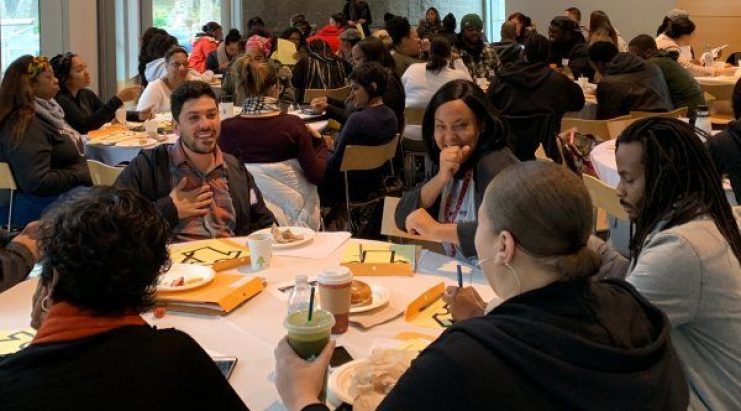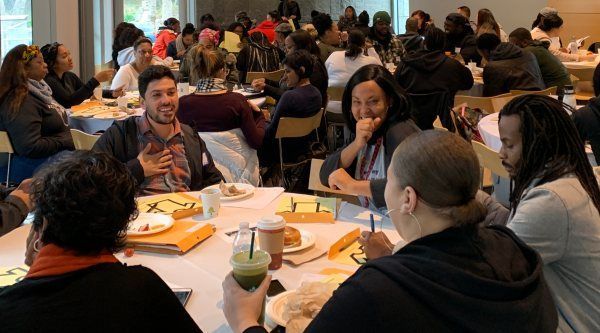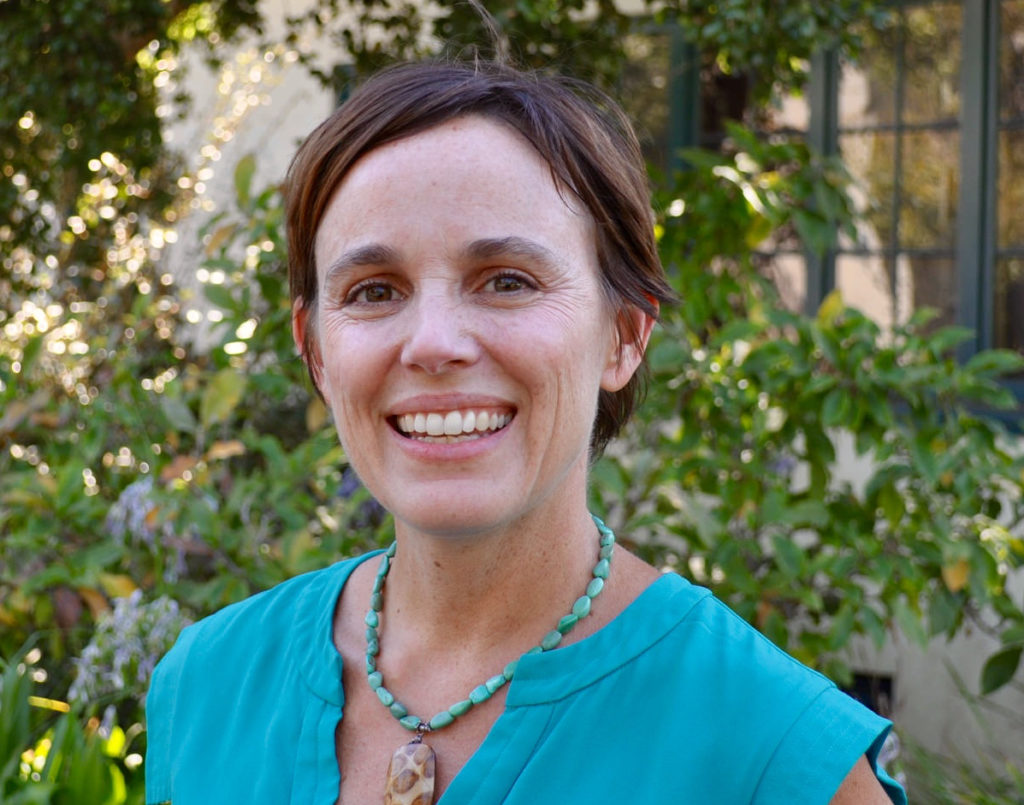
What does it mean to create the conditions for adult learning?
Educational programs and best practice strategies have flooded schools and districts over the past two decades, yet, too often, the promised success is illusory. The effectiveness of programs and strategies to support learning hinges on the strength of both the student and adult learning culture in which they land. Dynamic solutions crust over and turn brittle inside of cultures of compliance and accountability. How do cultures of compliance become cultures of learning? We’re excited to share in a series of blog posts what we’ve been learning from our incredible teacher and leader partners about creating the conditions for adult learning in service of student learning.
What does it mean to create the conditions for adult learning?
Over the past couple of years there has been growing interest in “creating the conditions for learning” for both students and adults. The upside of this trend is that it signals a broader recognition that learning is social and emotional and that teaching involves more than using a particular set of strategies. The challenge to the “conditions setting” buzz is that it’s hard to know what “conditions setting” actually means.
If history is our guide, in the conditions setting trend we run the risk of thinking we are doing the work without actually addressing the conditions. For both students and adults, the pitfall of “creating the conditions” efforts is that we only address the technical aspects of creating conditions for learning and we forgo its salient idea and essential spirit.
For the past decade Mills Teacher Scholars has been partnering across several districts in a variety of contexts–early childhood, high school, music, elementary school, computer science– asking the question: What does it take to cultivate an adult learning community that works in service of student learning?

The Elements of Condition Setting
Through our decade of district and school partnerships, using collaborative inquiry as an improvement method, Mills Teacher Scholars has identified key elements to create conditions for adult learning in service of students. Each of these elements are present in Nina Portugal’s learning journey of developing her ninth grade writing conferences, resulting in her students improving their writing and enjoying the process more.
Element #1: Valuing practitioner knowledge and practice-based sense-making
If we, as a community of learners, believe that firsthand knowledge of teaching and of students is of primary importance, and that working together to make sense of what is happening for students who are not experiencing success is key, then we can learn together.
Element #2: Acknowledging that learning is social and emotional for adults as well as for students
If we understand that we nurture and improve thinking by bringing compassionate awareness to the ideas of each member of the group, and by valuing each member’s thinking, then we will become a community of caring, bold and creative thinkers that can intentionally address issues of inequity.
Element #3: Visibility of the student learning experience
If we find ways to make the student learning experience visible and central to our collective focus, then we can more fully understand student learning and improve our practice with intentionality.
Element #4: Integrity of professional talk
If we pay attention to the integrity of professional talk, by focusing on it, practicing it, developing our own skill in listening and giving feedback, then we can learn from each other and address issues of implicit bias.
Carrie Wilson is the Executive Director of Mills Teacher Scholars.


